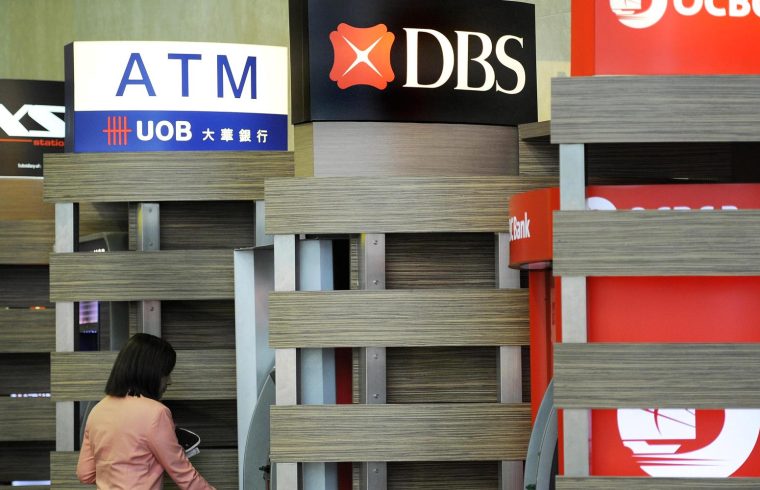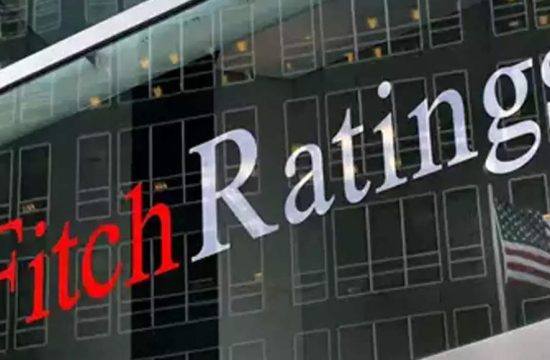
Moody’s Investors Service raised Singapore banks’ outlook to stable from negative on Wednesday, citing stabilizing commodity prices and improving growth conditions.
The ratings agency said deterioration in the asset portion of balance sheets had peaked, particularly among oil and gas exposure.
“Economic growth in Singapore is picking up and growth is also picking up in other parts of Asean (Association of Southeast Asian Nations), so this is positive for the banks,” Eugene Tarzimanov, a senior credit officer at Moody’s, told CNBC’s “Squawk Box” on Wednesday.
“Another factor is we think new NPL (non-performing loan) formation, or the rate that banks get new problematic assets: This rate is decreasing. So that’s a good thing. Banks will get less problematic assets this year and next,” he added.
Tarzimanov said bank profitability was also expected to improve “mildly” as net interest margins (NIM) could rise as interest rates increase, in line with monetary tightening in the U.S., and the amount of provisions needed should decrease.
Moody’s said it expected Aaa-rated Singapore’s real gross domestic product growth to rise to 2.2 percent this year and 2.5 percent in 2018, from 2 percent in 2016, with credit growth rebounding to mid-single digits after being flat in 2016.
The oil and gas sector proved a drag on the sector after the sharp drop in oil prices forced Singapore oil service player Swiber Holdings into bankruptcy. Another Singapore oil-service company, Ezra Holdings, also failed to repay debt.
Singapore’s three banks — DBS, United Overseas Bank and Oversea-Chinese Banking Corp. — were required to put aside more money to cover their exposure to bad loans to the beleaguered sector.
But after earnings were released earlier this month, DBS CEO Piyush Gupta told CNBC that, although he expected more bad loans from the oil services sector, the worst was likely over.
While Moody’s expected domestic problem loans would mainly come from the vulnerable borrowers in the corporate sector, it expected household loan delinquencies should remain low.
“Household credit growth in recent years was constrained by macroprudential measures. These loans are dominated by secured loans, namely mortgages, which enjoyed low non-performing loan levels of 0.4 percent,” Moody’s said.
It noted that the average mortgage loan-to-value (LTV) ratio was at 53 percent at the end of last year, while less than 5 percent of housing loans had LTV ratios above 80 percent, with banks prohibited from originating those loans in Singapore since 2013.
In December, Moody’s downgraded the three banks to a1 from aa3, citing increased asset quality and profitability risks.
But the ratings agency kept the banks’ senior debt rating at Aa1, three notches above the baseline rating, as Moody’s expected the Singapore government would step in with strong support if the banks needed it.
At the end of last year, the three banks had a domestic loan market share of around 50 percent and around 63 percent of the domestic deposit market, Moody’s noted.
Moody’s noted that Singapore banks’ average deposit ratings, at Aa1, are the highest globally.
—Yen Nee Lee contributed to this article.






